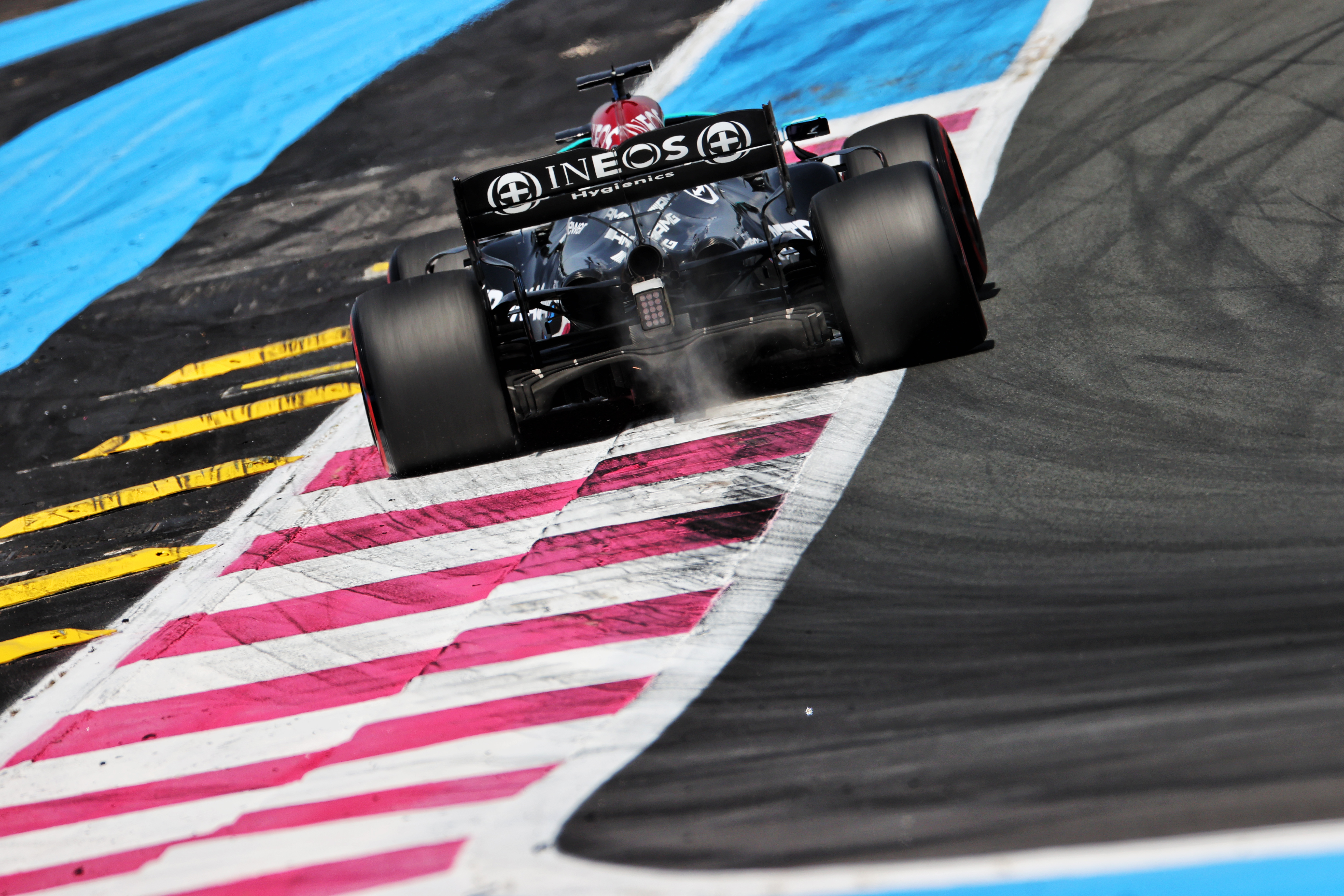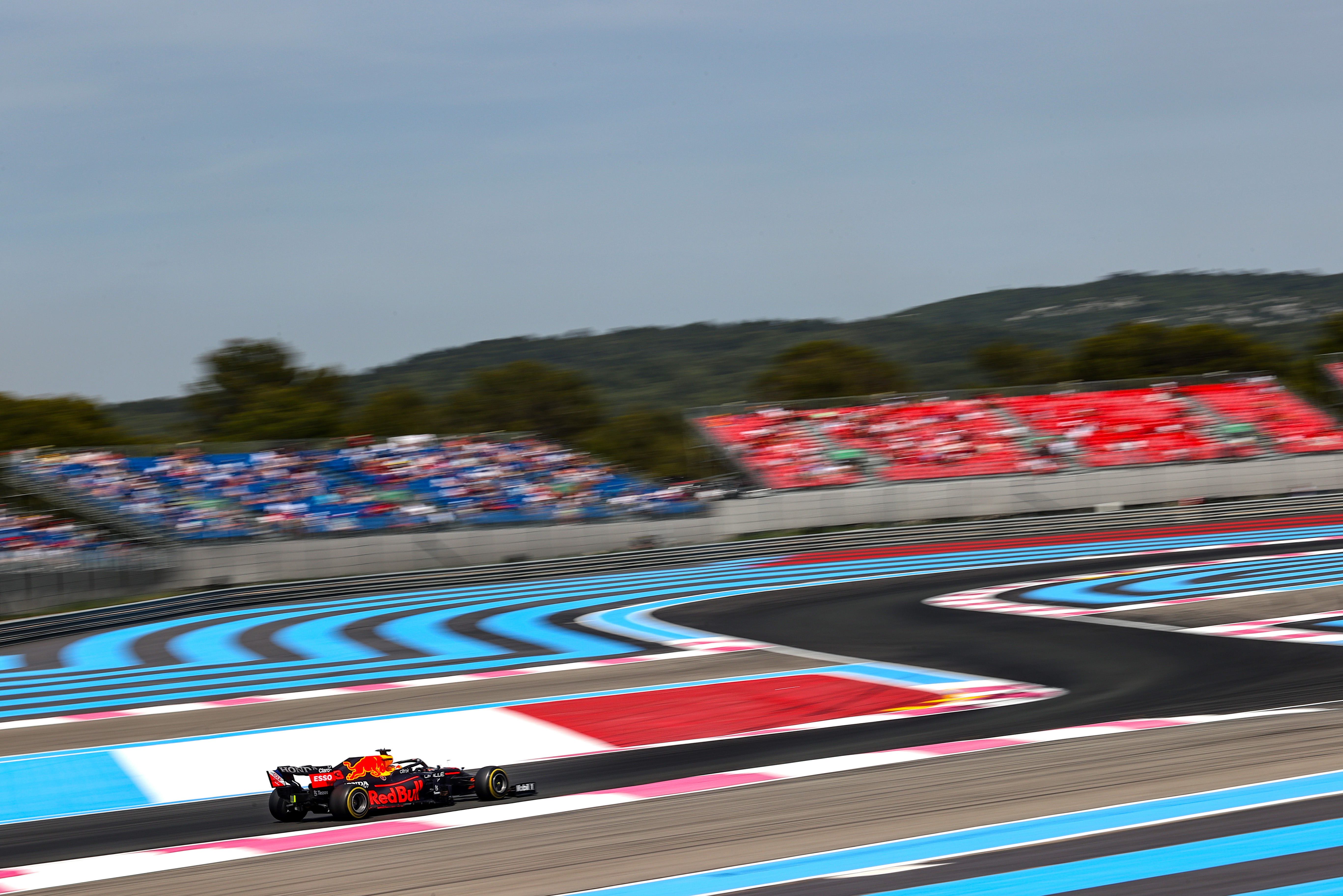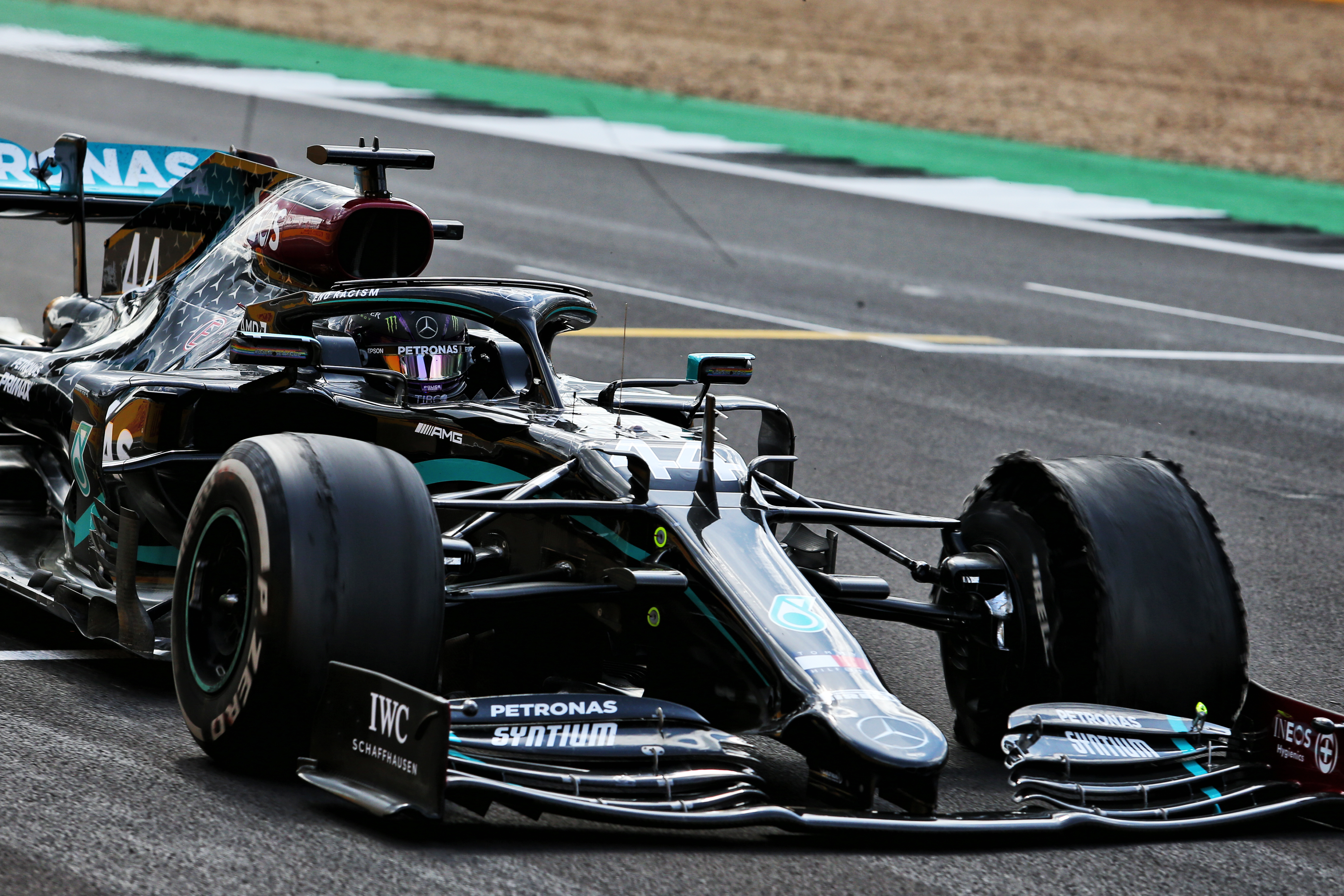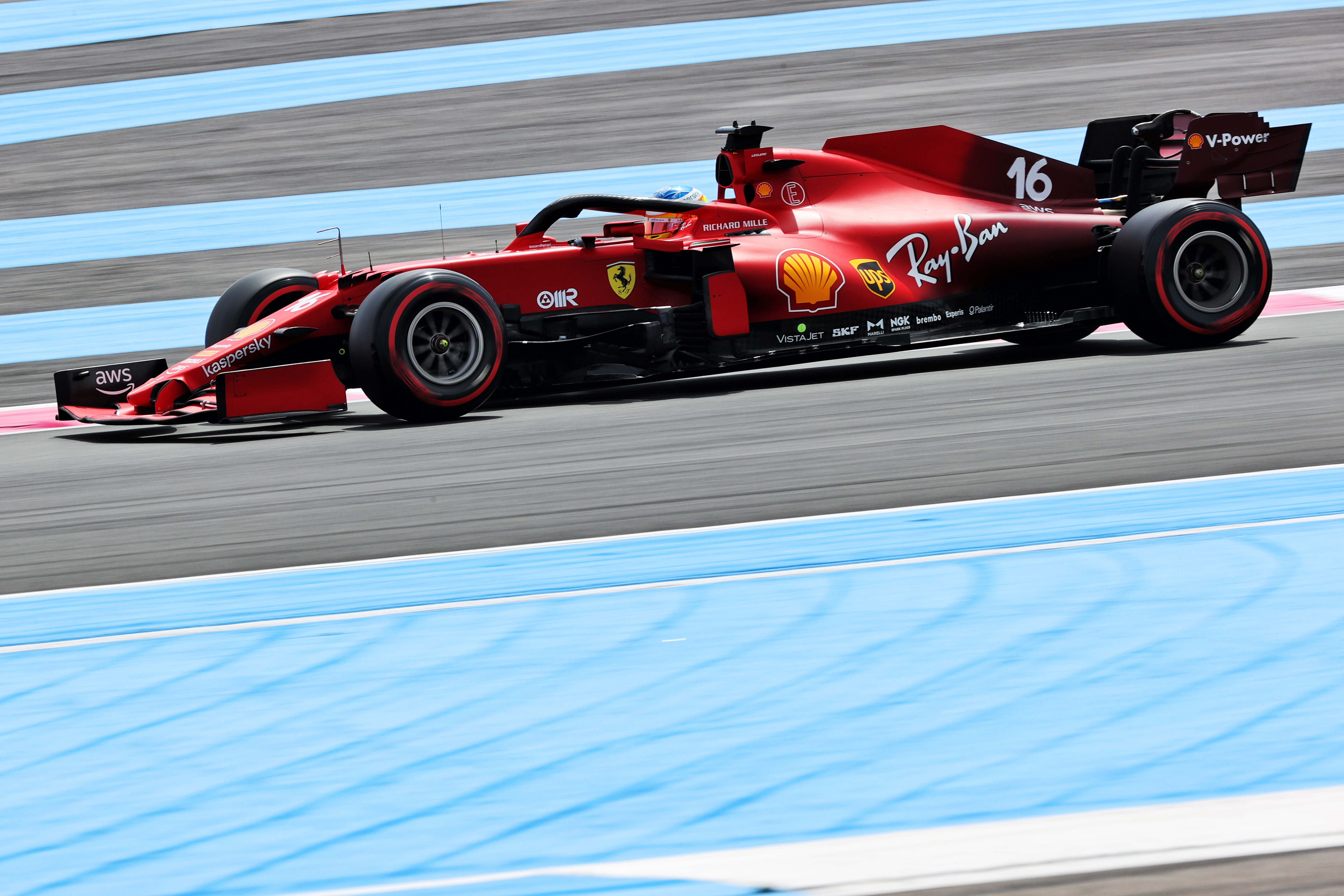Up Next

Whatever the competitive picture of the 2021 French Grand Prix weekend turns out to be, it’s going to be hard work for the drivers.
The combination of heat, the latest post-Baku very high tyre pressures and a new gripless track surface has got everyone struggling.
Add in some severe, potentially car-damaging kerbs on the exit of Turn 2, and the balancing point between ambition and realism looks set to be a tricky one.
Lewis Hamilton – third fastest in both the overall FP2 times and in the long run simulations and at one point having radioed in that ‘something doesn’t feel right with the car’ – perhaps summed it up best.
“It doesn’t feel that much different to our struggles in Monaco and Baku,” he said, “but on the times we are at least in the battle.
“It’s a struggle for everyone this weekend and I don’t know whether that’s the track surface, the temperatures or these super-inflated tyre pressures which I think are the highest ever.

“We’re all sliding around out there. We made lots of changes to the car and I hope it’ll be better tomorrow but who knows.”
Max Verstappen’s Red Bull headed the fastest times by a bare 0.008s from Valtteri Bottas’s Mercedes.
Bottas was running a higher engine mode than Hamilton when he did that time, worth around 0.5s, and was faster by only 0.25s. Bottas however was on the medium tyre to the softs of Hamilton and Verstappen (though there seemed little time difference between the two compounds).
GPS analysis suggests that Verstappen’s lap was run with similar power to that of Bottas. All of which sounds quite promising for Mercedes, but with margins too small to be certain of anything.

The long runs things also had complicating features. Although both Red Bulls and both Mercedes did long runs on the mediums, Bottas’s times on it are flattered by the fact that he had already used up seven laps-worth of fuel on a previous soft run by the time he got onto the medium. The others all did only single run on the mediums.
Add the calculated weight difference onto Bottas’s average and Verstappen looks marginally the fastest, by perhaps 0.15s. Hamilton’s 10-lap average (compared to Bottas’s eight) was around 0.1s slower when taking account of Bottas’ lighter load.
The last time these two cars raced around a track with similar demands to this was at the Spanish Grand Prix where the Red Bull’s heat degradation was far worse than the Mercedes’, paving the way for Hamilton’s win over Verstappen there.
There was no sign here from the relatively ‘short long runs’ of any repeat of that pattern, but 8-10 laps isn’t enough to judge it.
Sergio Perez averaged around 0.4s off Verstappen on a run over the same number of laps, but much of that difference can be accounted for by the traffic delays suffered by Perez.
Leading long runs
| 1 | Bottas | 1m37.464s | Meds | 7 laps* |
| 2 | Verstappen | 1m37.710s | Meds | 10 laps |
| 3 | Hamilton | 1m37.962s | Meds | 10 laps |
| 4 | Perez | 1m38.508s | Meds | 10 laps |
* flattered by fuel load
The general feeling is that heat degradation will not be the defining problem at these high pressures which so reduce the contact patch area – but rather blistering. Controlling the rear blisters will likely define who can make the best strategy. In that sense the challenge may be similar to that of last year’s British Grand Prix at Silverstone, where Hamilton crossed the line with only three of his tyres inflated.

Around Ricard the soft (C4) tyre was generally too soft.
“At these pressures the tyres all feel bad,” said Hamilton. “The hard is the better-feeling one with the temperatures here. The softer you go the worse it feels.
“I would think the hard will be the one that most people won’t be able to wait to get onto. [Over a lap] I’m not sure which is quickest. The soft runs out halfway through the lap, the medium is a bit more resilient but doesn’t give you a huge amount of grip.”

There is no particular motivation to use the soft in Q2 for anyone. Its range is less than the medium and its ultimate lap time quite similar, just achieved in a different way. So quickly was the soft overheating at the newly-increased pressures that several drivers did as many as seven cooling off laps after their first flying lap before then nailing their best time on the cooled-off but now old rubber. It would be a very problematical race stint tyre.
Sebastian Vettel, the tyre deg king of the previous two races, did a long stint simulation on the soft which was super-consistent but evidently driven to a delta time and was not particularly fast at around 1.3s off Verstappen.
The Alpines seem to have recaptured their Portimao/Barcelona single lap pace but their big challenge will be converting that into race pace.
Ferrari is struggling, as expected around a track which has fewer aerodynamic solutions than Baku in the wing choices. Add in McLaren and AlphaTauri to this group and it looks set to be as fiercely fought as the Mercedes/Red Bull contest up front.







